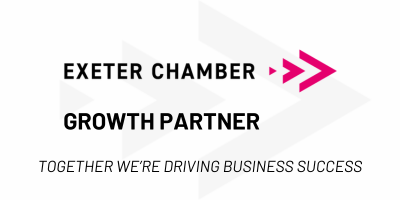Account Manager Lauren discusses the difference between a purpose led marketing strategy and virtue signalling
Introduction
In today’s rapidly evolving marketing landscape, businesses are no longer just selling products or services; they’re selling values, beliefs, and causes. The rise of purpose-led marketing has sparked important conversations about the role of companies in addressing social issues. However, with this shift comes a risk: the blurring of lines between authentic, purpose-driven initiatives and opportunistic virtue signalling. In this blog, we’ll explore what a purpose-led marketing strategy is, the concept of virtue signalling in marketing and examine the fine line between getting it right and getting it wrong!
So, what is purpose-led marketing?
Purpose-led marketing involves aligning a company’s brand and messaging with a specific social or environmental cause or purpose that goes beyond profit. It involves integrating the company’s values and commitment to that cause into its marketing campaigns, corporate culture, and business operations. The primary goal of purpose-led marketing is to connect with consumers on a deeper level, create a positive brand image, and drive engagement and loyalty by demonstrating a genuine commitment to making a positive impact on society or the environment.
What is virtue signalling and why should we be aware of it?
The term refers to the act of a company or brand loudly proclaiming its support for a social issue or cause without backing it up with meaningful action. For example, in 2020 Ryanair announced itself as Europe’s “lowest emissions airline”. The claim wasn’t backed by evidence and was quickly banned by the Advertising Standards Authority but the reputational damage was lasting.
Virtue signalling can also involve using social or political topics as marketing tools to create a positive image, without genuine commitment to change. Companies have received backlash after ‘rainbow-washing’ during the month of June. This has included the unveiling of special edition Pride month product ranges and the creation of rainbow adorned logos for use across platforms for financial gain whilst doing nothing to proactively support the LGBTQ+ community.
Consumers can quickly see through the facade, eroding trust and credibility, and potentially leading to a loss of loyal customers. Virtue signalling campaigns can also quickly go viral if perceived as Insincere, causing irreversible reputational damage.
What can we do to navigate the fine line?
Before launching any campaign related to a social issue, companies should be asking themselves whether their brand genuinely cares about the cause. If not, reconsider your approach or find a cause that aligns with your values.
Be transparent about your efforts. Companies should clearly communicate what you are doing to address the issue, and be open about your progress and challenges.
Commit to long-term involvement with the cause, beyond just a one-off campaign. Show dedication to creating meaningful change over time.
Use your platform to educate your audience about the issue and advocate for change, even when it’s not directly tied to your product or service.
Continually listen to feedback from your customers and the community. Adapt and evolve your initiatives based on what you learn.
In conclusion, in today’s socially conscious marketplace, authenticity is the ultimate currency. The line between purpose-led marketing and virtue signalling is a delicate one. Being authentic, transparent, and committed to creating genuine change will not only avoid the pitfalls of virtue signalling, but lasting connections with consumers who value brands that truly make a difference in the world can be built.





